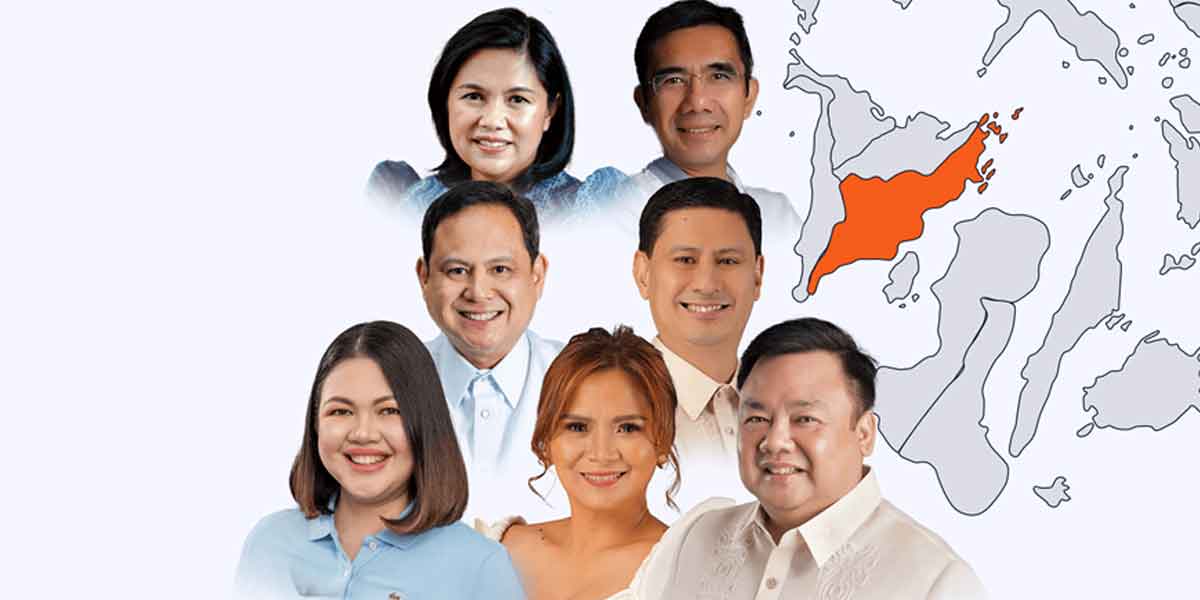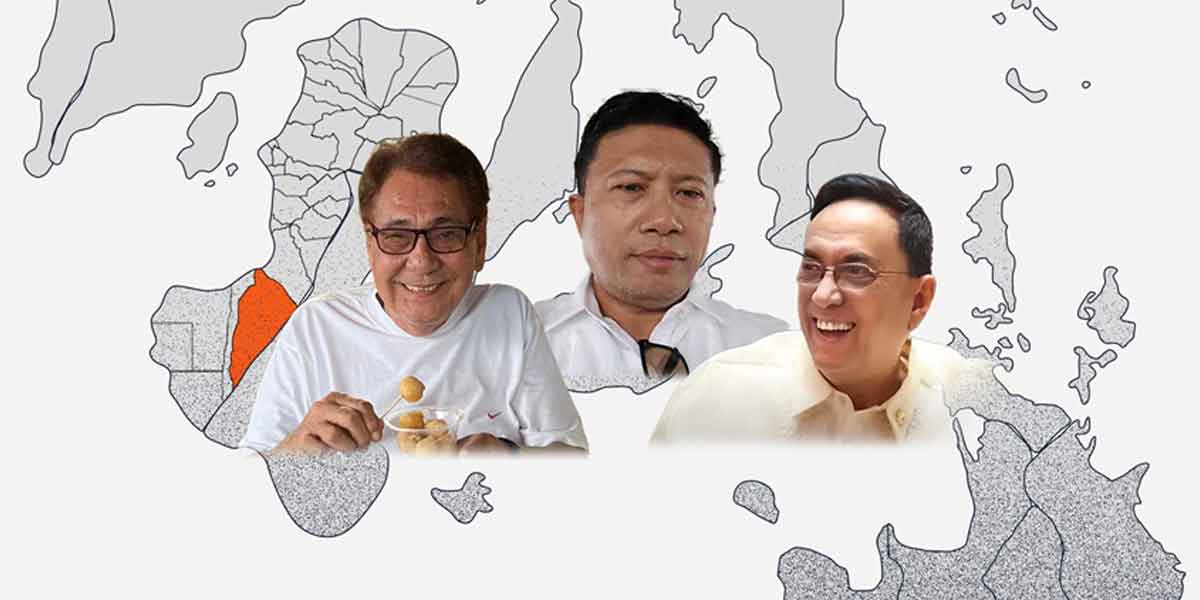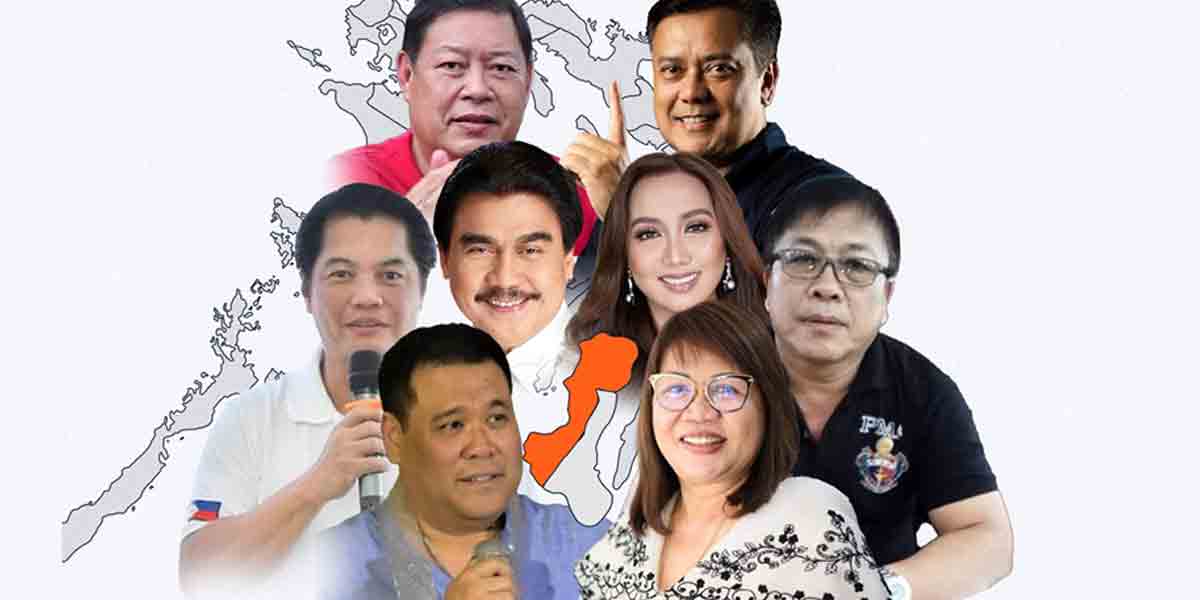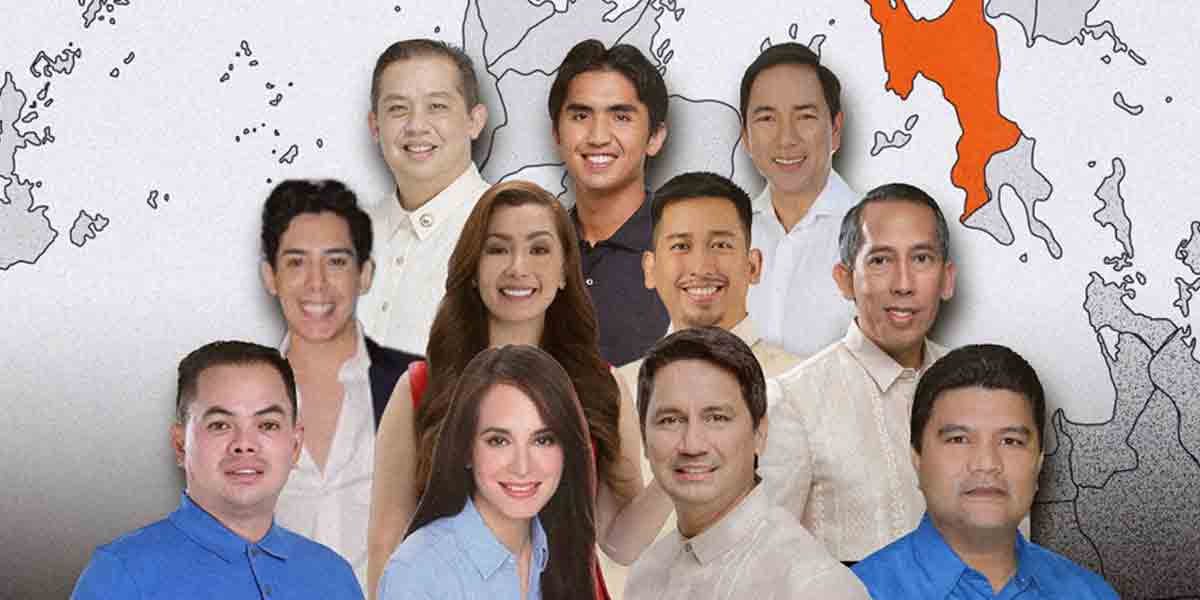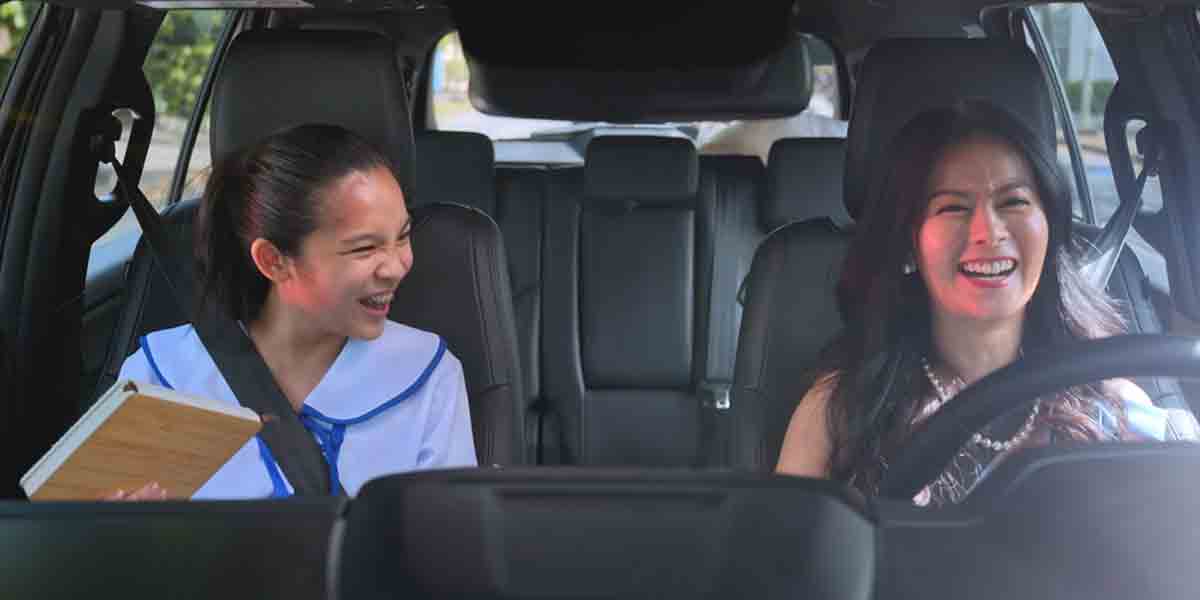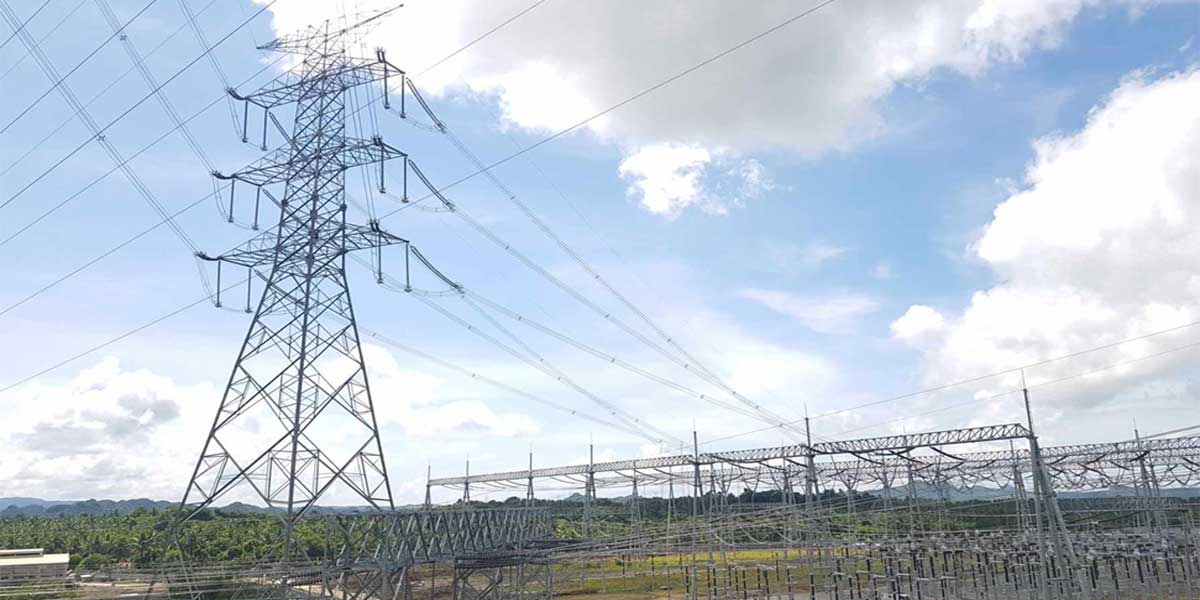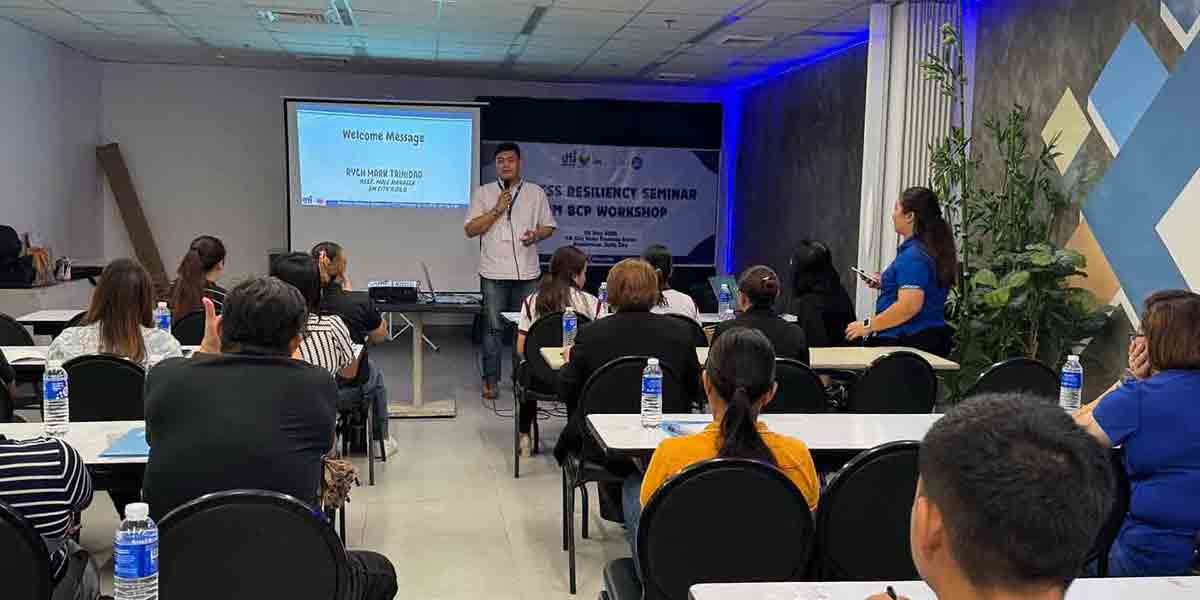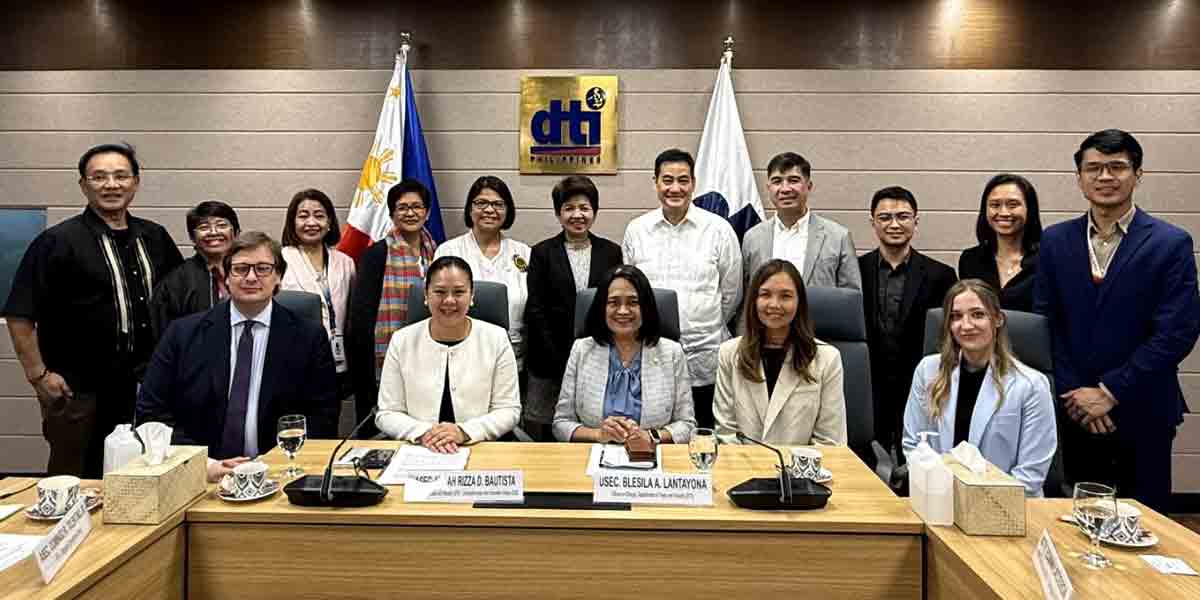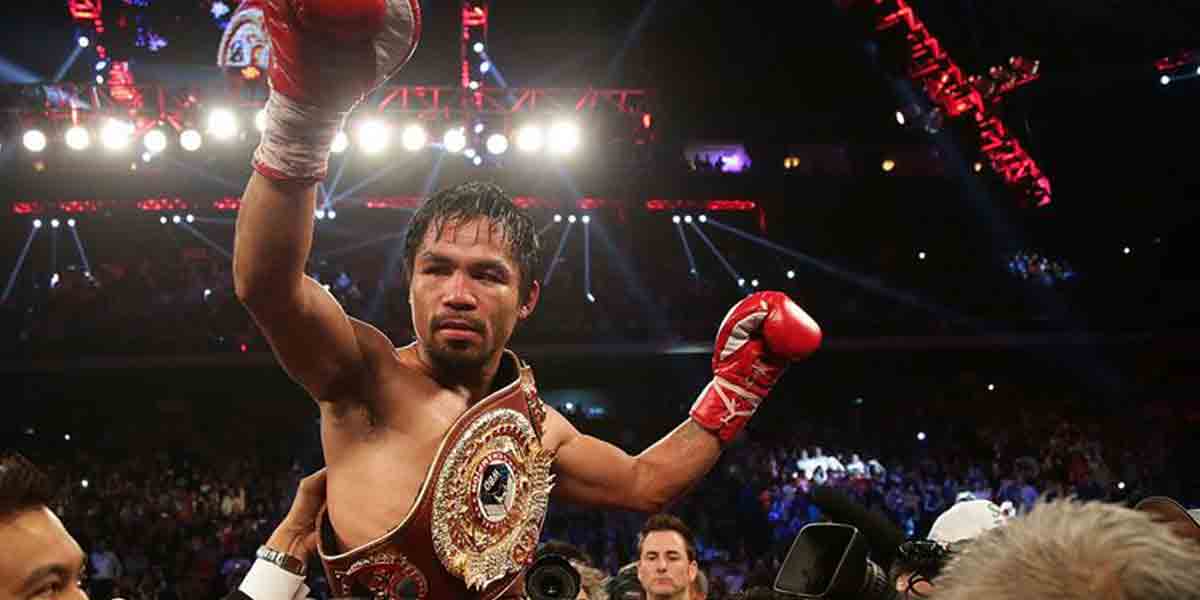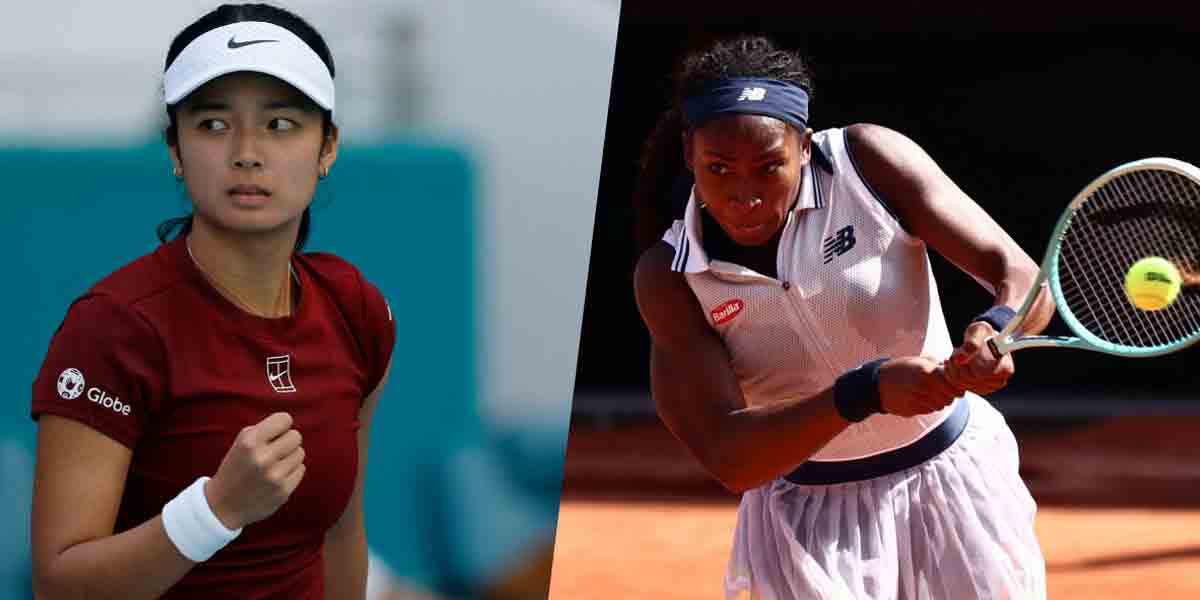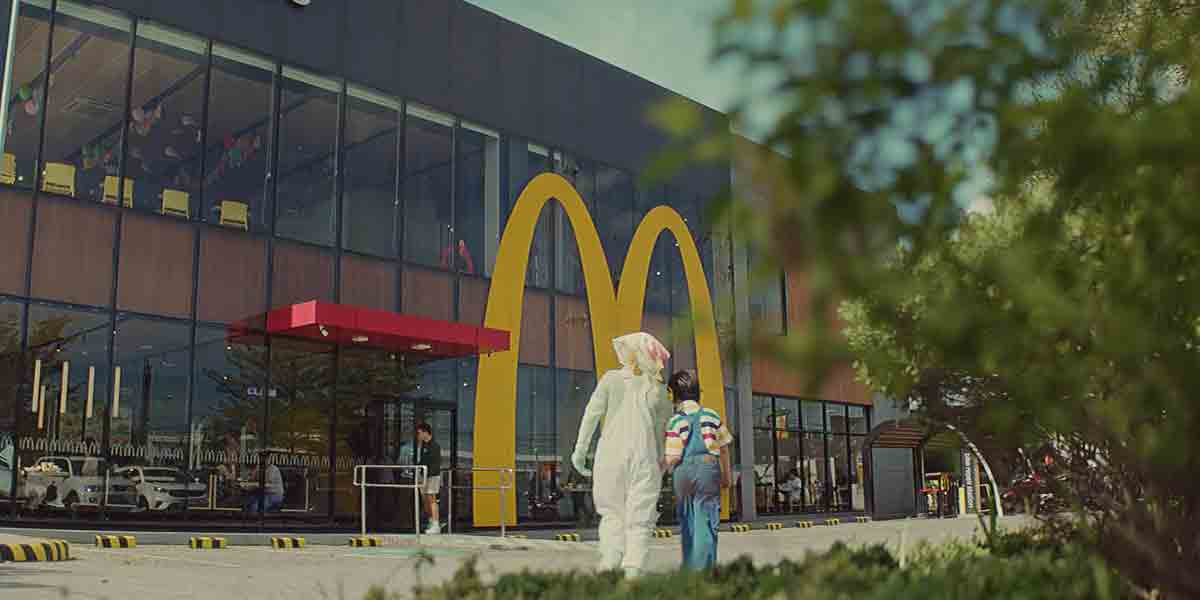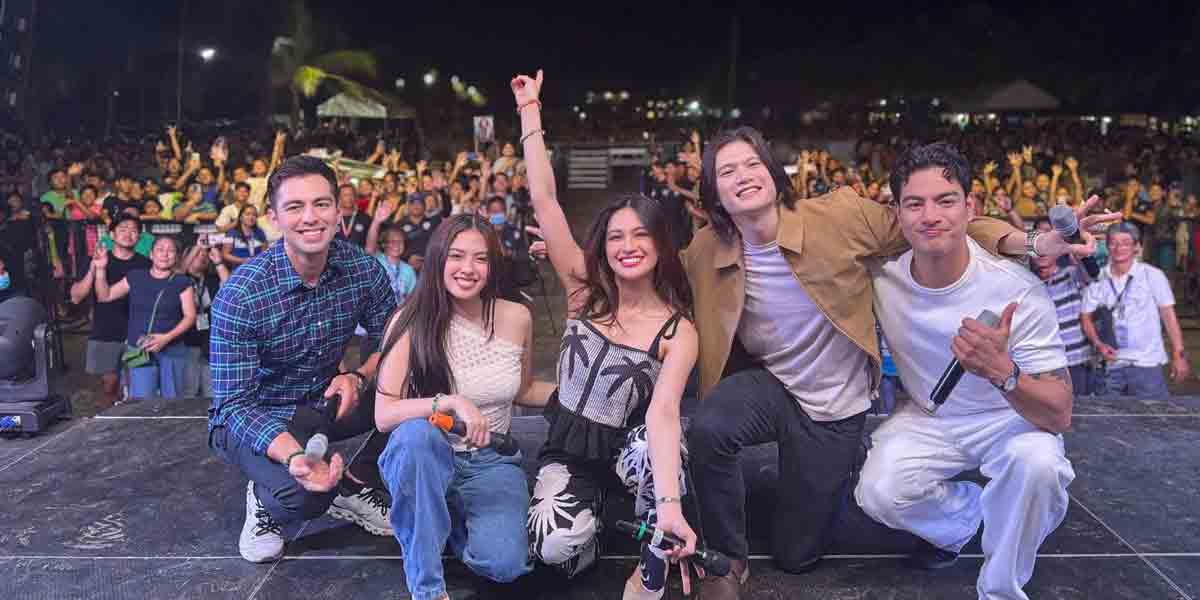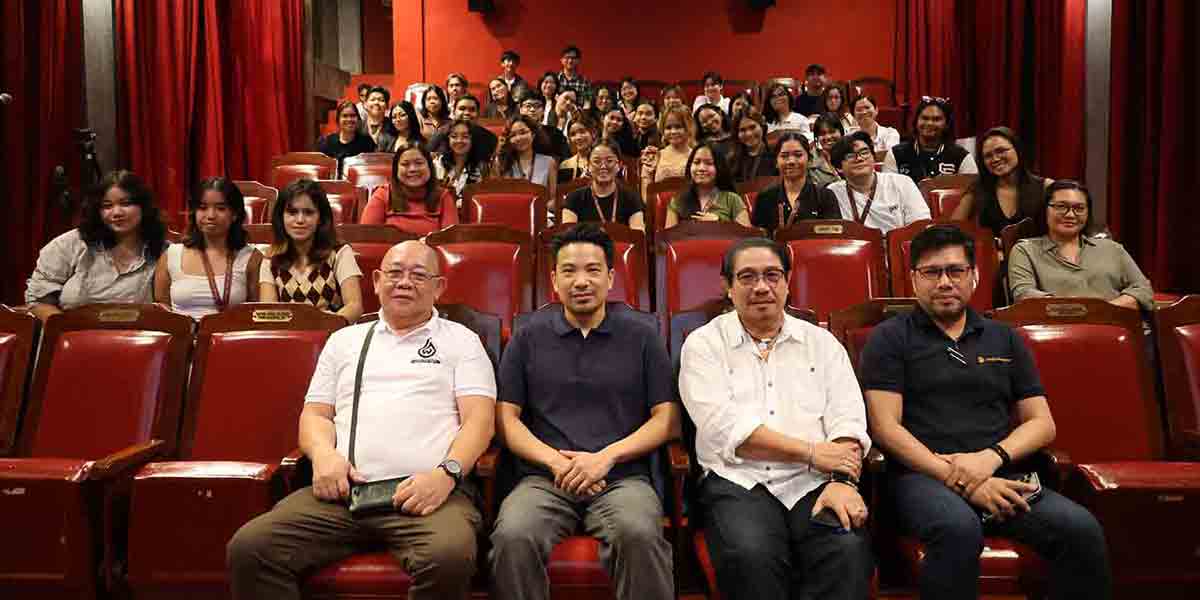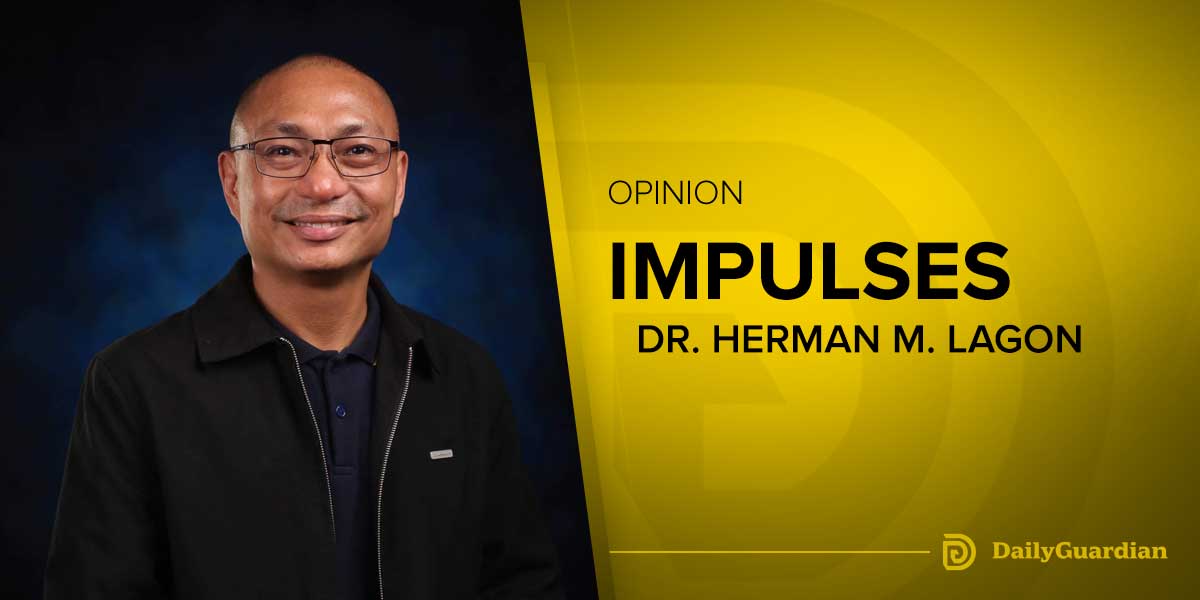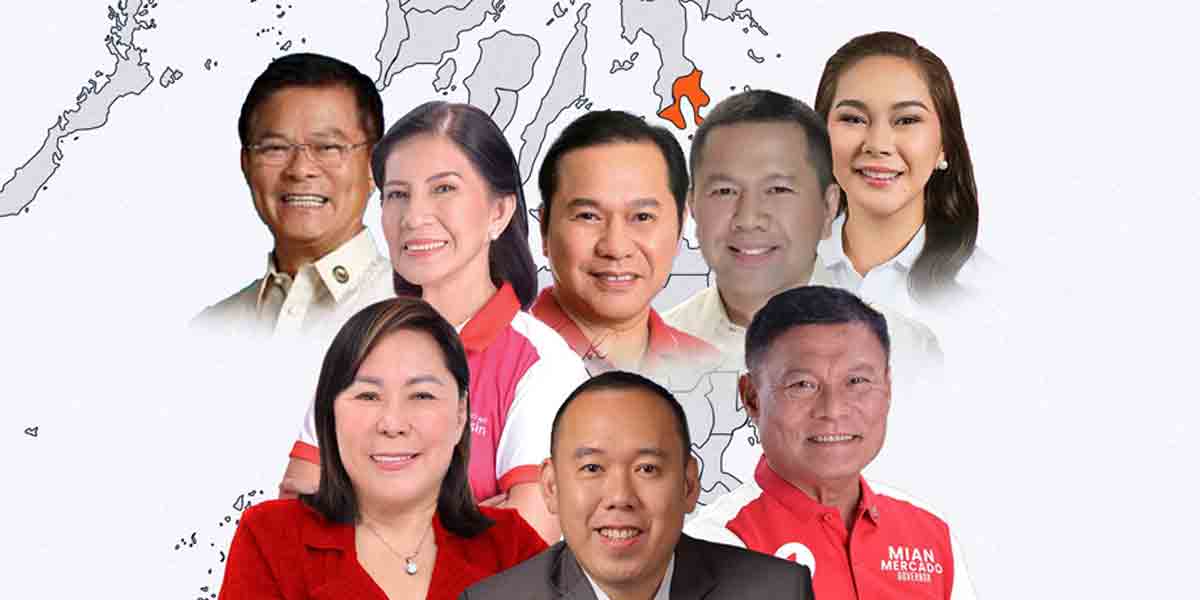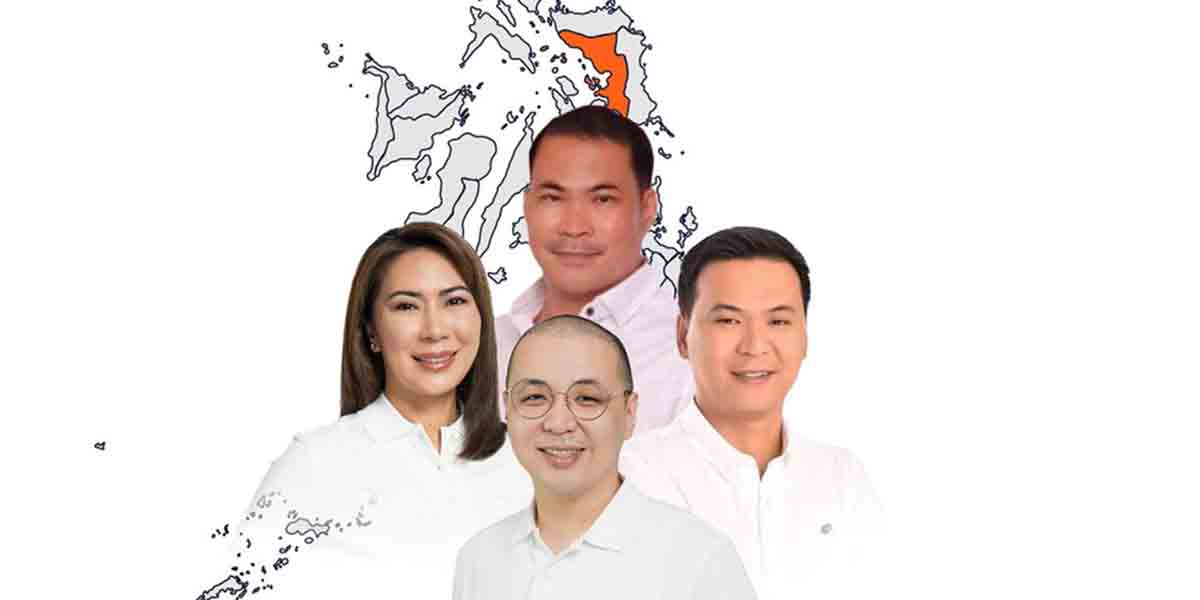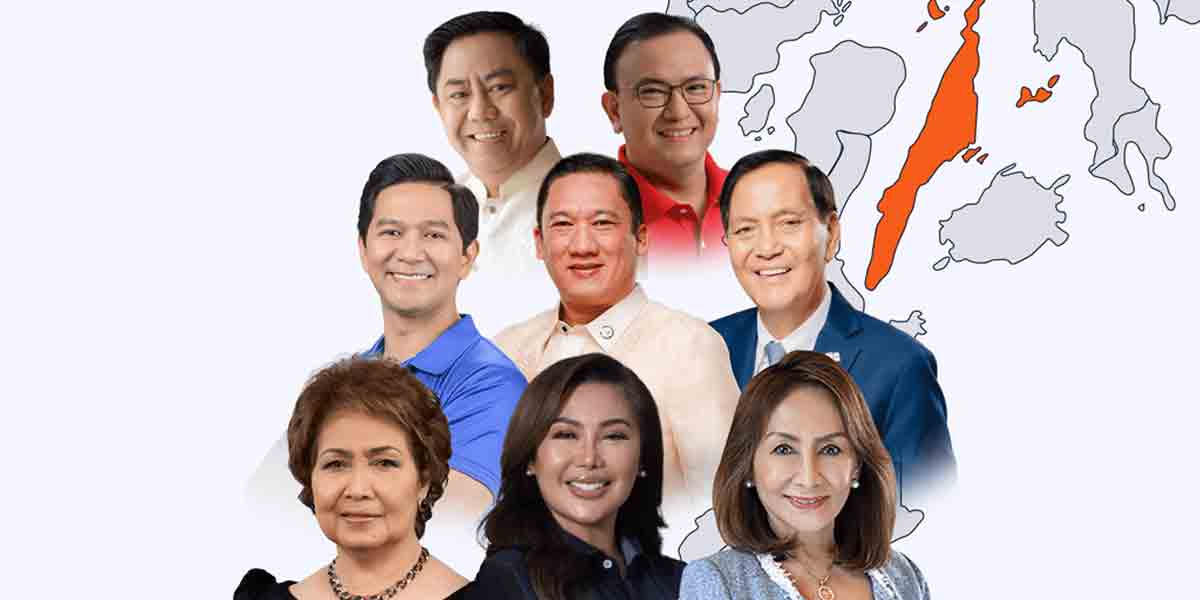By Dr. Herman M. Lagon
IN THE RAPIDLY evolving digital world, educators face the challenge of preparing students for the future. Fortunately, integrating Artificial Intelligence (AI) in education provides a promising solution.
Richard Culatta, the CEO of both the International Society for Technology in Education (ISTE) and Association for Supervision and Curriculum (ASCD), luckily shared his big ideas on AI during his keynote speech at ISTE Live 2023 in Philadelphia, USA, this Monday, June 24, 4 a.m.-4:40 a.m., Philippine time. His visionary concepts offer valuable insights into the role of AI in education, emphasizing its potential to enhance learning experiences. His insightful 40-minute talk was part of the 6-speaker Opening Mainstage of the weeklong hybrid-flexible digital education conference attended by 17,500 educators and technology integration practitioners all over the globe. I wish to pay the generosity of TechFactors Philippines forward by sharing my reflections on the five big ideas in AI laid down by the digital innovation international rockstar.
Culatta’s first enduring understanding is “Teach how AI really works. It is a tool that can be used for good.” This emphasizes the importance of teaching students about the true nature of AI. By demystifying AI and showcasing its positive applications, educators can help students recognize AI as a tool for good. It is essential to foster an understanding of how AI functions, its ethical considerations, and its potential impact on society. By doing so, Culatta says, we empower students to become informed users and creators of AI technologies.
The next big idea is “Teach AI to support brainstorming. Outsource brainstorming solutions.” In this innovative approach, Culatta encourages educators, and their students by extension, to simply explore AI like a curious traveler venturing into uncharted territories. Exploring opens up a world of possibilities, unveiling hidden treasures and new horizons at every turn. By leveraging AI tools, students can tap into vast knowledge repositories, generate creative ideas, and uncover unique solutions to complex problems. AI can catalyze inspiration, offering diverse perspectives and enabling students to think critically and innovatively.
As AI continues to augment the workforce, the digital education guru also encourages educators to “Teach how to work on hybrid teams.” He highlighted the significance of teaching students how to collaborate effectively in hybrid teams of humans and AI. Educators can foster an understanding of AI’s capabilities and limitations, encouraging students to harness AI as a valuable teammate rather than perceiving it as a threat. By nurturing collaboration skills with AI literacy, we equip students to thrive in the evolving workplace.
The fourth big idea of Culatta is “Teach creation (over curation).” Culatta emphasizes teaching students to be creators rather than mere consumers in a world of information. By embracing AI as a tool for creation, students can actively participate in knowledge construction, problem-solving, and content creation. Encouraging students to explore their creativity and apply AI to build innovative projects fosters critical thinking, resilience, and adaptability.
Lastly, amidst the rise of AI, Culatta also reminds us to “Teach how to be better at being human.” He urged us to emphasize the significance of human qualities. He said education should focus on technical skills and developing empathy, compassion, and ethical decision-making. By nurturing these human attributes, students can leverage AI to amplify their positive impact on society. Teaching students to be better humans in a digital world ensures that technology remains a tool to enhance humanity rather than replace it.
Culatta’s big ideas challenge educators on two fronts. Firstly, they explore how educational institutions can harness the power of AI to enhance student learning through personalized platforms, intelligent tutoring systems, and adaptive assessments. Integrating AI into education allows tailored experiences that meet each student’s unique needs. Secondly, Culatta prompts educators to envision how AI can support teaching and time management, automate administrative tasks, provide data-driven insights, and even offer virtual teaching assistants. By relieving educators of mundane responsibilities, AI enables them to focus more on building relationships and delivering personalized instruction.
Culatta emphasizes the need to prepare students for an AI-infused world. Educators are prompted to incorporate AI literacy, critical thinking, ethical considerations, and creative problem-solving into the curriculum. Equipping students with these skills enables them to thrive amidst the prevalence of AI, harness its potential, and navigate the associated challenges and ethical dilemmas. By addressing these questions, educators can drive educational innovation, empower students, and foster a generation well-equipped for an AI-driven society.
Nonetheless, Richard Culatta’s big ideas on AI in education provide a roadmap for leveraging technology to transform learning experiences. By teaching students how AI works, encouraging collaboration with AI tools, fostering creativity, and emphasizing human qualities, educators can equip the next generation with the skills needed to thrive in an AI-infused world. Embracing AI in education opens new opportunities for personalized learning, critical thinking, and global collaboration.
AI is already here. We now live in an AI-driven world. Hence, let us embrace its power while prioritizing the human element in education. By forging a harmonious coexistence between technology and humanity, we can create a future that maximizes the benefits of AI while ensuring its alignment with our collective well-being, leading to an improved society enriched by the transformative potential of education.
***
Dr. Herman Lagon fondly describes himself as a ‘student of and for life’ who, like many others, aspires to a life-giving and why-driven world that is grounded in social justice. He is an ISUFST professor, a USLS student, an Ateneo retiree, and an alumnus of UP, UI, and WVSU.

